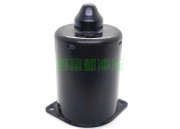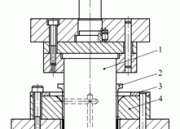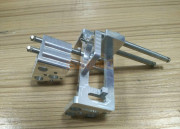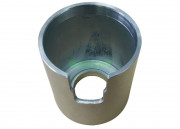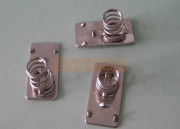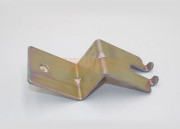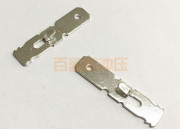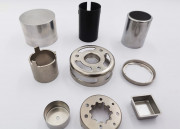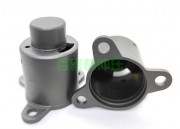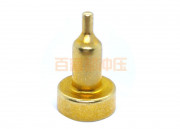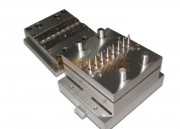Posted at 03/08/2022 , By deep drawing , Categories Blog,Industry , Comment Comments Off on What problems will occur in the processing mold of automobile stamping parts? In the process of automobile stamping parts, the pulling of the mold is mainly forming, drawing and other processes. Find the corresponding position according to the pulling position of the part, and use the oil stone to remove the burr, but pay attention to the uniformity of the rounded corners.
Due to the presence of burrs in automotive stampings, it is usually caused by excessive die clearance. It can be adjusted according to different types of molds and gap sizes to ensure that the size of the parts remains unchanged before and after repair, and at the same time, it can solve the burr problem.
The deformation of the blanking die in the production process, especially the deformation of the appearance parts, has a great impact on the quality of the product. Generally, it can be solved by increasing the blank holder, which is the right remedy.
During the punching process, the waste blocks the customized die holes of automobile stamping parts, which may be because the waste channel is not smooth, or the material channel has a taper, and the waste is not cleaned in time. Based on these three points, cleanup and improvements can be made.
When designing automotive stamping products, it should meet the requirements of use and technical performance to facilitate mold assembly.
Automobile stamping parts must adopt a plan to improve material utilization and reduce material loss, so that stamping parts can be as zero or less scrap as possible.
Design a simple form, reasonable structure, simple and easy process, avoid repeated use of other processing methods, which is conducive to stamping; try to use automatic stamping to improve production efficiency.
Automatic stamping parts, try to use the existing equipment and technology for processing, which is conducive to improving the life of the stamping die.
The automotive stamping parts industry adopts a large number of cold stamping processes to meet the requirements of multi-variety and mass production. For medium-sized cars, most of the covering parts, such as body outer panels, and some load-bearing and support parts, such as frame, automotive stampings and other auto parts.
Automobile stamping parts show that the steel used for cold stamping is mainly steel plates and steel strips, accounting for 72.6% of the whole vehicle. Cold stamping materials are closely related to the processing of automobile stamping parts. The quality of the material not only determines the performance of the product, but also directly affects the quality and cost of the product. Therefore, the rational choice of material selection is an important and complicated work.
1. Wrinkle control measures for vehicle stamping parts
1. Check the wrinkling state. When the crease is evenly generated around the part, it should be determined that the pressing force is insufficient, which can be eliminated by gradually increasing the pressing force. When drawing conical and hemispherical parts, the drawing bead should be added to increase the tensile stress in the diameter of the plate and eliminate wrinkles. Adopt the principle of external looseness and internal tightness to eliminate the problem of internal looseness and external tightness.
2. For lubricating oil, the oil brushing operation should be carried out in accordance with the requirements of the operating procedures system to ensure that the oil brushing and oil brushing position are correct and avoid wrinkling.
3. Under the premise of not affecting the requirements of the whole vehicle, replace the material of the parts with too soft blanks to ensure the quality of the parts and prevent wrinkling.
4. Improve the positioning and increase the pre-bending process if necessary to ensure that the stamping parts will not deviate. Adjust the shape of the sub-material surface to ensure the molding quality and prevent the shape of the pressing surface from not moving, resulting in uneven feeding.
5. For incorrect punching direction, use simulation software to analyze the punching process in the early stage of design to ensure the punching direction. When there are certain requirements for the quality of the die, it is necessary to improve the die.
The above is the relevant content of automobile stamping parts processing molds. During the processing of automobile stamping parts, the molds should be subjected to loads such as shock, vibration, friction, high pressure, stretching, and bending torque. Even if they work at high temperatures, the working environment is complex and easy to wear. Fatigue, fracture, deformation, etc. Therefore, the material requirements for mold work are higher than ordinary parts. Hope the above content can be helpful to readers.
Read More →

